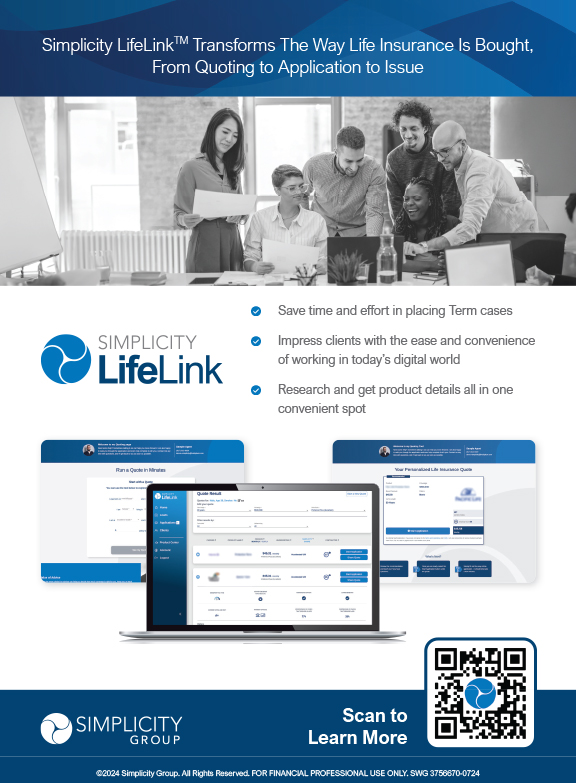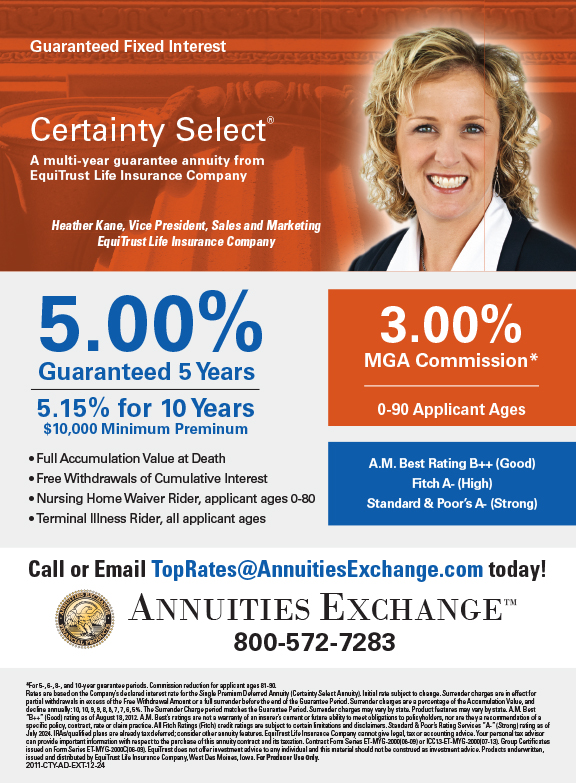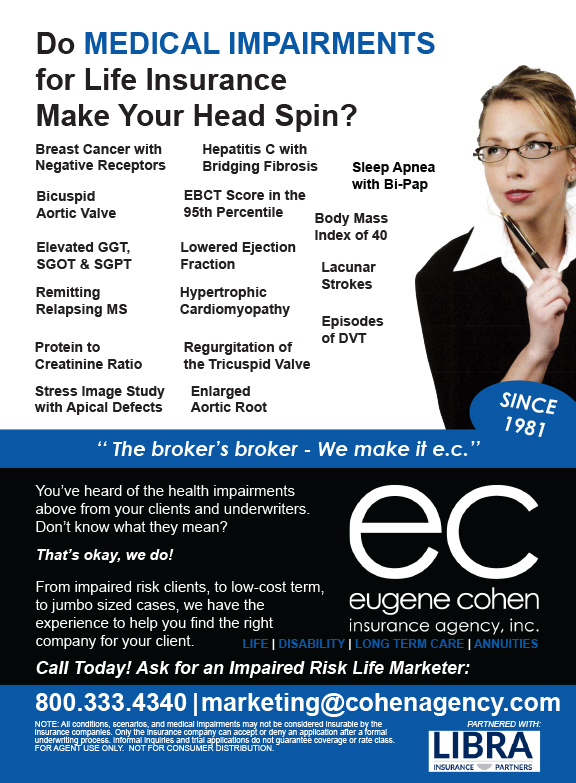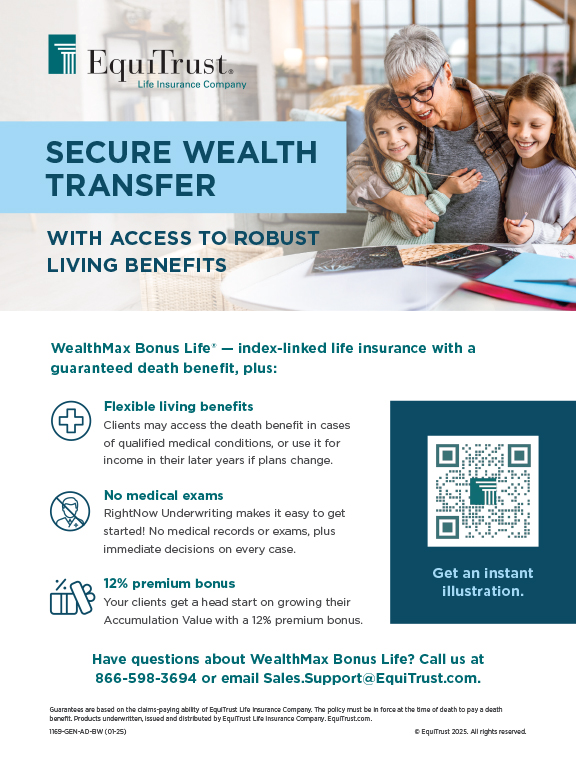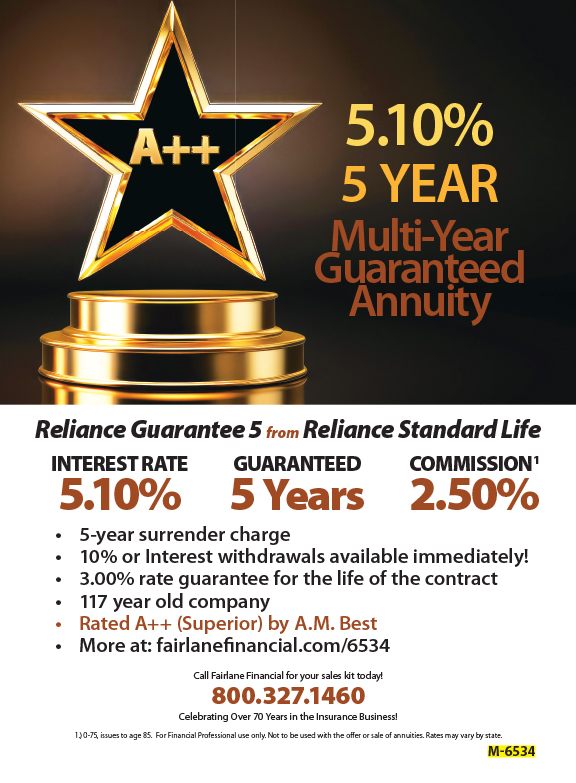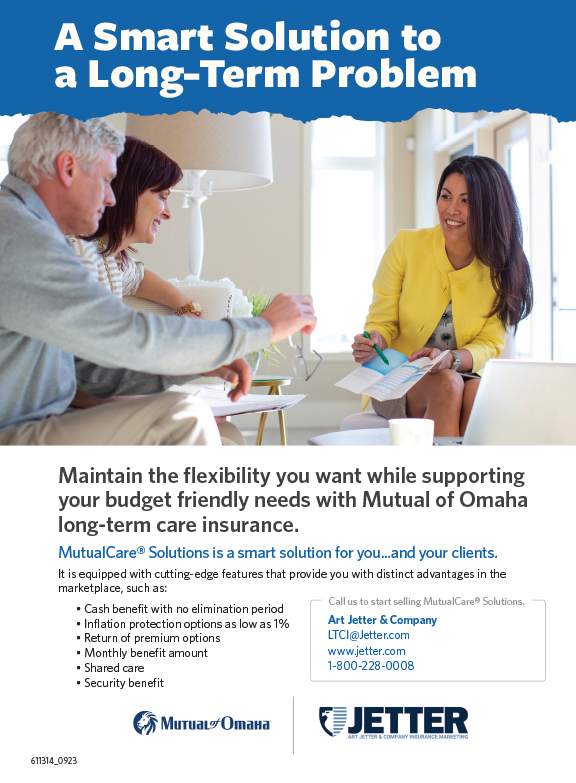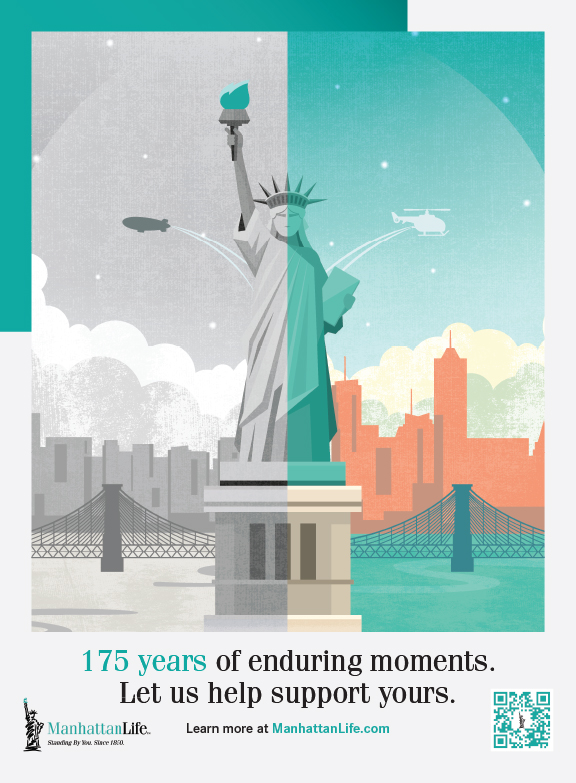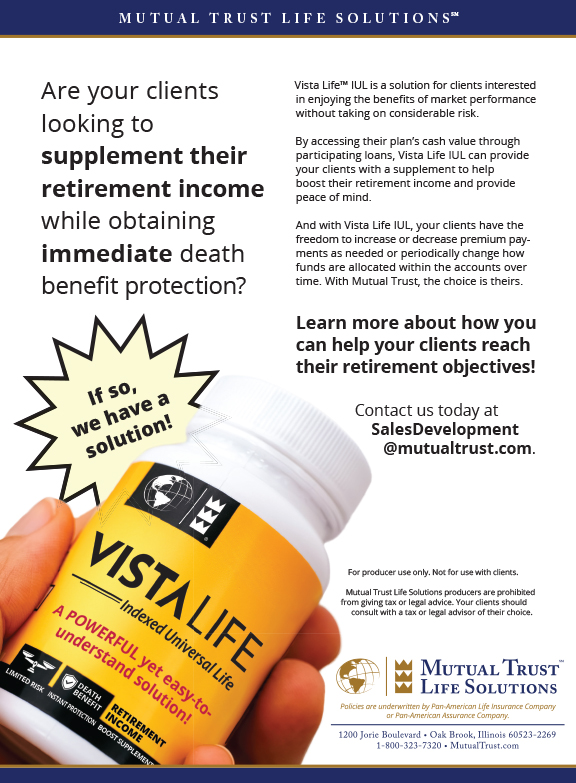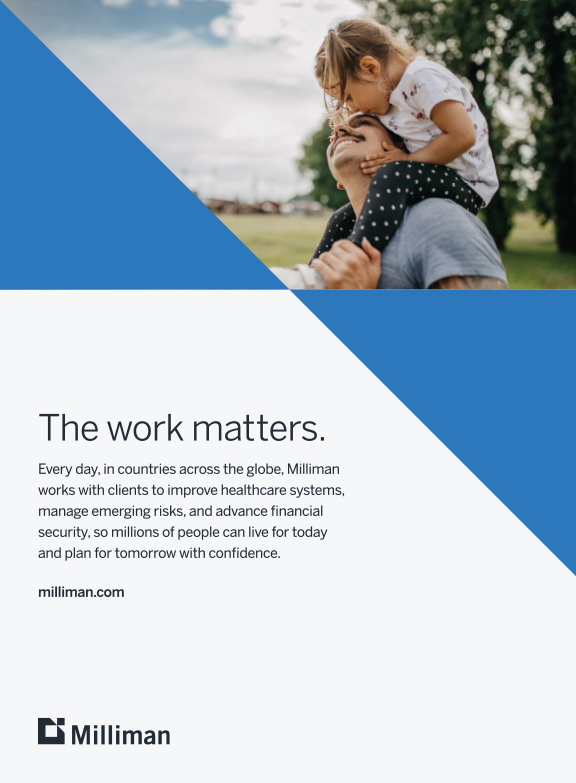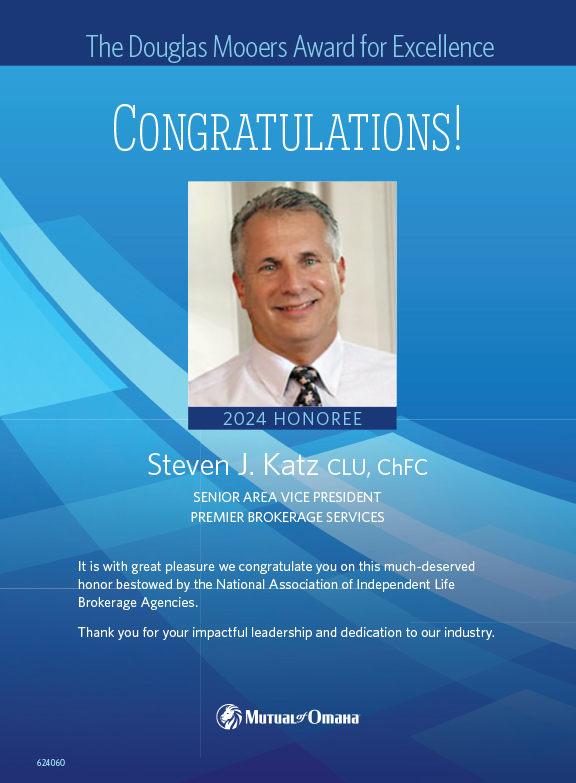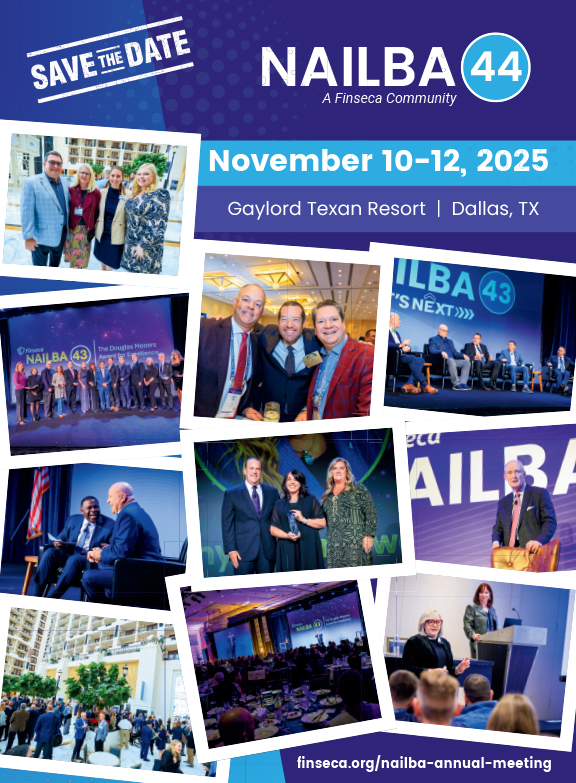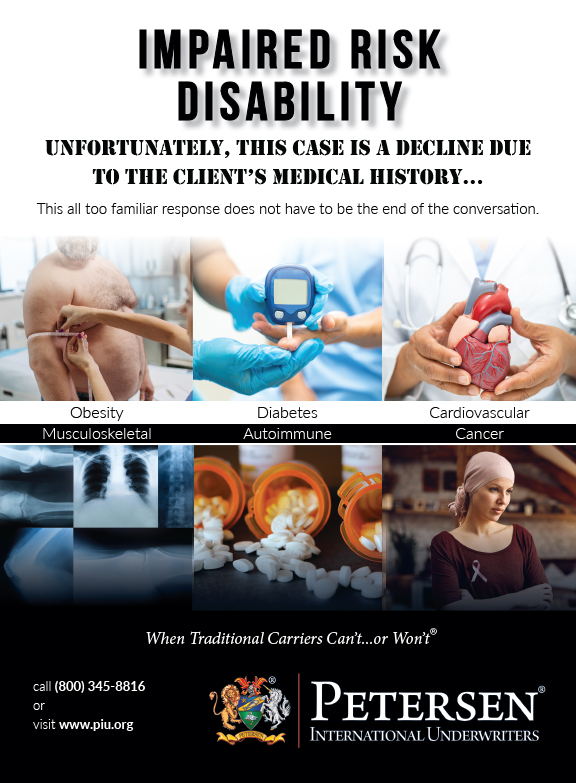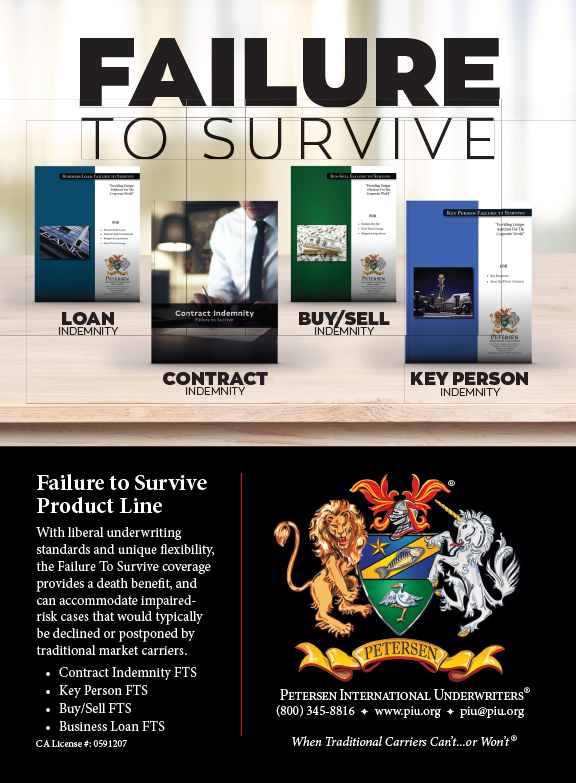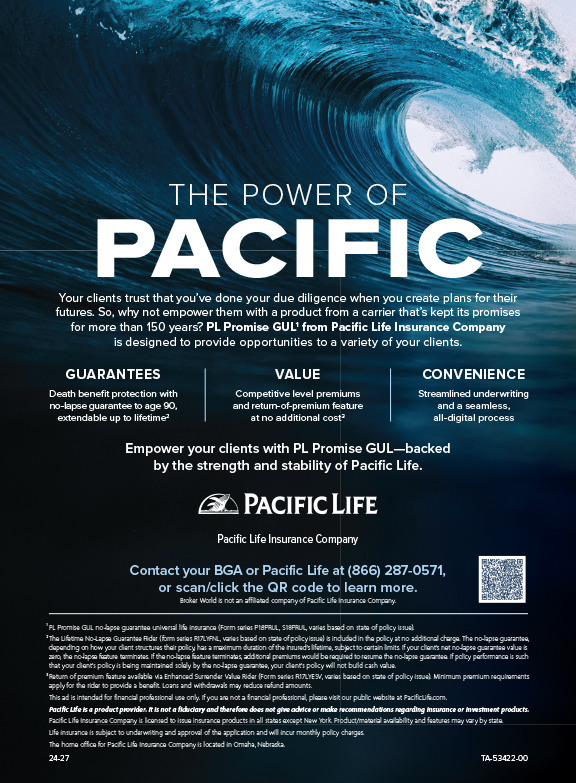It was learned in second grade. The significant necessary elements of life are food, clothing and shelter. It was premature at that stage of life to put any qualifications on these elements, such as their affordability, but sooner or later the cost of these items must be woven into the tapestry of life.
Point one is that food, shelter and clothing cost money. Who will provide the money for these elements? The first few years of life, parents or guardians provide the money. In the maturing of mind and body, we are expected to provide our own money to support ourselves. When that plateau of life arrives, the follow-up question is, “How do we create our own money?” The answer is obvious and universal: “We earn it.”
Earning money is essential to the process of modern life. We clamor to learn how to earn money through education that qualifies us to perform duties for which others are willing to pay: doctors, lawyers, accountants, sales, administrative help, laborers, artistic efforts, construction, painting and an endless list of things to do that will be bought by others or will be offered by the individual on a contracted basis.
It matters not what occupational road one chooses. The individual is at the mercy of life’s demands. The cycle begins at maturity and picks up other obligations along the way, such as education of children and providing for them. Medical care, transportation and preparing for one’s own retirement become folded into the necessary costs of living life to its fullest.
Along the way, we meet people who have ideas to help our cause. Financial planners offer ideas for better use of money earned; retirement schemes are unfolded before you and if not convinced by advanced age to save, save, save, plans to make up for lost time are suggested, packaged irresistibly and offered along with continuing services from the provider.
All these concerns manifest themselves in life’s adventure, but the common denominator is always money. When we are well, healthy and at productive work, life is beautiful. When our health breaks down, we have serious problems. A sudden accident or prolonged illness is the greatest hazard to life’s fulfillment.
Statistically, one is at far greater risk to experience a breakdown in ability to earn money due to accident or sickness than any other hazard we face in life.
Statistically we face the hazard of our home being destroyed by fire, one chance in 1,200; or an automobile accident, one chance in 250; or death, one chance in 150; and disability, one chance in 30. Yet we reach out to buy fire insurance, auto insurance and even life insurance to protect our family. Why is this?
The unintentional consequence of listening to people defame the noble value of disability insurance on the theory that it is too expensive may result in a tragic decision, for nothing could be further from the facts. Let’s compare.
If one insures a house, its replacement cost of $800,000 seems adequate. The insured feels that if the one chance in 1,200 should occur, you and the house would trigger an $800,000 benefit. Not so! The lot on which the house stands has a value, so the replacement cost is minus the lot value.
The auto is stolen. The car, bought a few months ago, cost $84,000. But of course it is subject to the devaluation of the auto due to time and mileage. So the settlement may be considerably less than the insured amount.
Life insurance is sold on a lump sum basis. If you buy a $1 million policy, it may well pay that amount, but although the actual benefit amount could be soothing, it would be inadequate. A DI policy will pay a monthly benefit over two and one-half years (on average). As an example, a disability lasting to age 65 would amount to $730,000, but what if it lasts beyond age 65? Then the disability plan becomes a $1.2 million plan or more. We must not be confused as to the benefit amount for the disability plan replacing lost earnings in total and not on a lump sum basis.
Those who have studied this phenomenon believe the cause is unwillingness for people to believe they could actually be unable to perform the duties of their occupation or that they could be disabled forever. For the well-being of people, the purveyors of disability insurance must persistently propose the fact of life which is the greatest hazard to living life to its best.
The human body is like a machine. It requires fuel to function. Food is the fuel to provide body repair, energy to be productive and to be reproductive. We have created ways to offset the loss of life monetarily by having life insurance in place to provide for one’s dependents’ ongoing costs of living; the cost of repairing or replacing a damaged or stolen automobile; the cost of repairing or reproducing a home due to tornado or fire. These factors provide a feeling of security and financial well-being, but the loss of ability to be productive is a final and irreplaceable loss. When earning power is lost, all is lost.
Disability income replacement insurance is the most important of all insurances.







